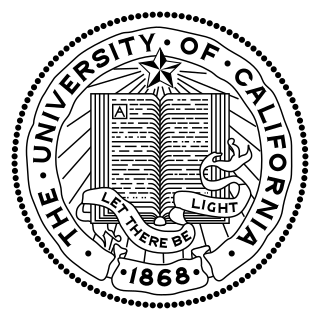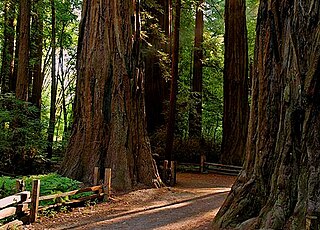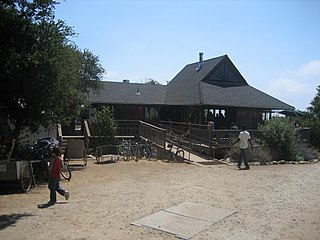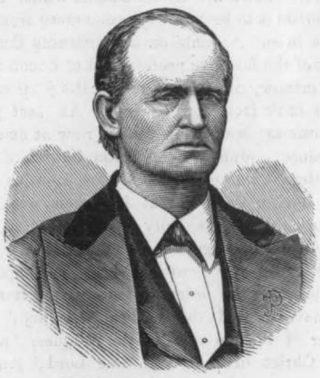
The University of California (UC) is a public land-grant research university system in the U.S. state of California. Headquartered in Oakland, the system is composed of its ten campuses at Berkeley, Davis, Irvine, Los Angeles, Merced, Riverside, San Diego, San Francisco, Santa Barbara, and Santa Cruz, along with numerous research centers and academic abroad centers. The system is the state's land-grant university. Major publications generally rank most UC campuses as being among the best universities in the world. In 1900, UC was one of the founders of the Association of American Universities and since the 1970s seven of its campuses, in addition to Berkeley, have been admitted to the association. Berkeley, Davis, Santa Cruz, Irvine, Los Angeles, Santa Barbara, and San Diego are considered Public Ivies, making California the state with the most universities in the nation to hold the title. UC campuses have large numbers of distinguished faculty in almost every academic discipline, with UC faculty and researchers having won 71 Nobel Prizes as of 2021.

The University of California, Santa Cruz is a public land-grant research university in Santa Cruz, California. It is one of the ten campuses in the University of California system. Located on Monterey Bay, on the edge of the coastal community of Santa Cruz, the main campus lies on 2,001 acres (810 ha) of rolling, forested hills overlooking the Pacific Ocean. As of Fall 2022, its ten residential colleges enroll some 17,500 undergraduate and 2,000 graduate students. Satellite facilities in other Santa Cruz locations include the Coastal Science Campus and the Westside Research Park and the Silicon Valley Center in Santa Clara.

Santa Cruz is the largest city and the county seat of Santa Cruz County, in Northern California. As of the 2020 census, the city population was 62,956. Situated on the northern edge of Monterey Bay, Santa Cruz is a popular tourist destination, owing to its beaches, surf culture, and historic landmarks.

Felton is a census-designated place (CDP) in Santa Cruz County, California, United States. The population was 4,489 as of 2020 census and according to the United States Census Bureau, the CDP has a total area of 4.6 square miles (12 km2), all of it land.

The first of the ten residential colleges of the University of California, Santa Cruz, established in 1965, Cowell College sits on the edge of a redwood forest with a remarkable view of Monterey Bay. The college is named for Henry Cowell and the Cowell family, who donated the land that UCSC is built upon, previously known as the Cowell Ranch.

John R. Lewis College, formerly known as College Ten, is one of the ten residential colleges at the University of California, Santa Cruz. It is on the north side of campus, west of College Nine and north of the Cowell Student Health Center. The theme of its freshman core course is Social Justice and Community.

Henry Cowell Redwoods State Park is a state park of California, United States, preserving mainly forest and riparian areas in the watershed of the San Lorenzo River, including a grove of old-growth coast redwood. It is located in Santa Cruz County, primarily in the area between the cities of Santa Cruz and Scotts Valley, near the community of Felton and the University of California at Santa Cruz. The park includes a non-contiguous extension in the Fall Creek area north of Felton. The 4,623-acre (1,871 ha) park was established in 1953.

Buffalo Grove Lime Kiln is one of two old lime kilns in Illinois listed on the National Register of Historic Places. The other is the Griggsville Landing Lime Kiln in Pike County. Buffalo Grove Lime Kiln is located near the Ogle County city of Polo. When in use, the kiln would have produced raw quicklime. The lime kiln was added to the National Register in 2002.

Penwyllt is a hamlet located in the upper Swansea Valley in Wales. It lies within a part of the Brecon Beacons National Park in the traditional county of Brecknockshire; currently administered as part of the unitary authority of Powys.

Wilder Ranch State Park is a California State Park on the Pacific Ocean coast north of Santa Cruz, California. The park was formerly a dairy ranch, and many of the ranch buildings have been restored for use as a museum. There are no campgrounds; a day-use parking lot provides access to the museum. Dogs are prohibited on the trails, but many trails allow bikes and/or horses. The long trails and ocean views make the area a favorite of hikers, equestrians and mountain bikers. Public beaches continue to the north in Coast Dairies State Park.

The UC Santa CruzCenter for Agroecology is a research, education, and public service organization within the Division of Social Sciences at the University of California, Santa Cruz.
Rancho Cañada del Rincon en el Rio San Lorenzo was a 5,827-acre (23.58 km2) Mexican land grant in present-day Santa Cruz County, California given in 1843 by Governor Manuel Micheltorena, and confirmed in 1846 by Governor Pío Pico, to Pedro Sainsevain. The name means "valley on a corner on the San Lorenzo River". The grant was north of present-day Santa Cruz on the San Lorenzo River.

The Jensen Alvarado Ranch is a historic park and museum in Jurupa Valley, California, USA, and is operated by the Riverside County Regional Park and Open-Space District. It can be accessed from 4350 Riverview Drive, or 4307 Briggs Street. It was the first kiln-fired brick building built in Riverside County, and is the oldest non-adobe structure in the Inland Empire.

California Powder Works was the first American explosive powder manufacturing company west of the Rocky Mountains. When the outbreak of the Civil War cut off supplies of gunpowder to California's mining and road-building industries, a local manufacturer was needed. Originally located near Santa Cruz, California, the company was incorporated in 1861 and began manufacturing gunpowder in May 1864. For 50 years, it was a major employer in the county, employing between 150 and 275 men. The powder works was located on a flat adjacent to the San Lorenzo River, three miles upstream of Santa Cruz.

The California Powder Works Bridge is a historic covered bridge in Santa Cruz, California. It is a Smith truss bridge, built across the San Lorenzo River in 1872 by the California Powder Works, an explosives manufacturer whose factory complex stood on the river banks. The bridge was designated a National Historic Landmark in 2015 as one of the best-preserved national examples of the Smith truss. It is owned and maintained by the Paradise Park Masonic Club, and is open to pedestrian and vehicular traffic, with a posted weight limit of 5 tons.

Hurstville Historic District is a nationally recognized historic district located north of Maquoketa, Iowa, United States. It was listed on the National Register of Historic Places in 1979. At the time of its nomination it included three areas: the former lime manufacturing works, a farmstead, and the townsite. All that remains are the four kilns, and an old warehouse. Both the townsite, which was across the road and to the southwest, and the farmstead, which was behind the kilns to the south, are gone. Also gone are the remaining company buildings, with the exception of the old warehouse, which were across the road to the west. The houses in the townsite were side-gable cottages. Many lacked indoor plumbing into the 1970s and were vacant. The farmstead included 20 structures devoted to domestic or agricultural use. Two large barns were the most notable structures. The farm served the needs of the town. The most significant structures in the district were the lime kilns.

Elihu Anthony was an American alcalde, blacksmith, industrialist, abolitionist, postmaster, and minister. He is considered a founding father of the city of Santa Cruz. He also served as a member of the California State Assembly 6th District, 1880–1881. He was active within the anti-Chinese movement, but paradoxically he had also supported abolitionism.

Chatsworth Calera also called Chatsworth Reservoir Kiln Site is one of the few surviving structures of the early 1800s lime industry. This kiln marked the introduction to California of the European industrial process for vitrifying limestone building blocks which were used in the construction of the San Fernando mission and other mission buildings. The word "Calera" is Spanish for "limestone quarry" or "limekiln". Chatsworth Calera is now located in Chatsworth, Los Angeles, California. in the Chatsworth Nature Preserve. At its peak there may have been up to five kilns at the site run by native Indian laborers. Chatsworth Calera registered a California Historical Landmark No. 911.

The Newark Lime & Cement Company was a firm based in Kingston, New York. Its full name was the Newark Lime & Cement Manufacturing Company, and it was described as being in Rondout, New York, the port on the Hudson River serving Kingston, and which became part of Kingston in 1872




















